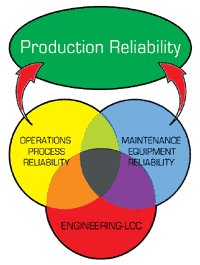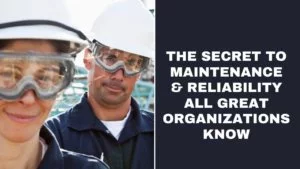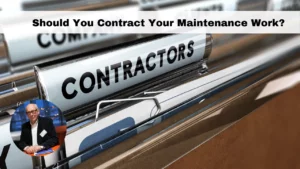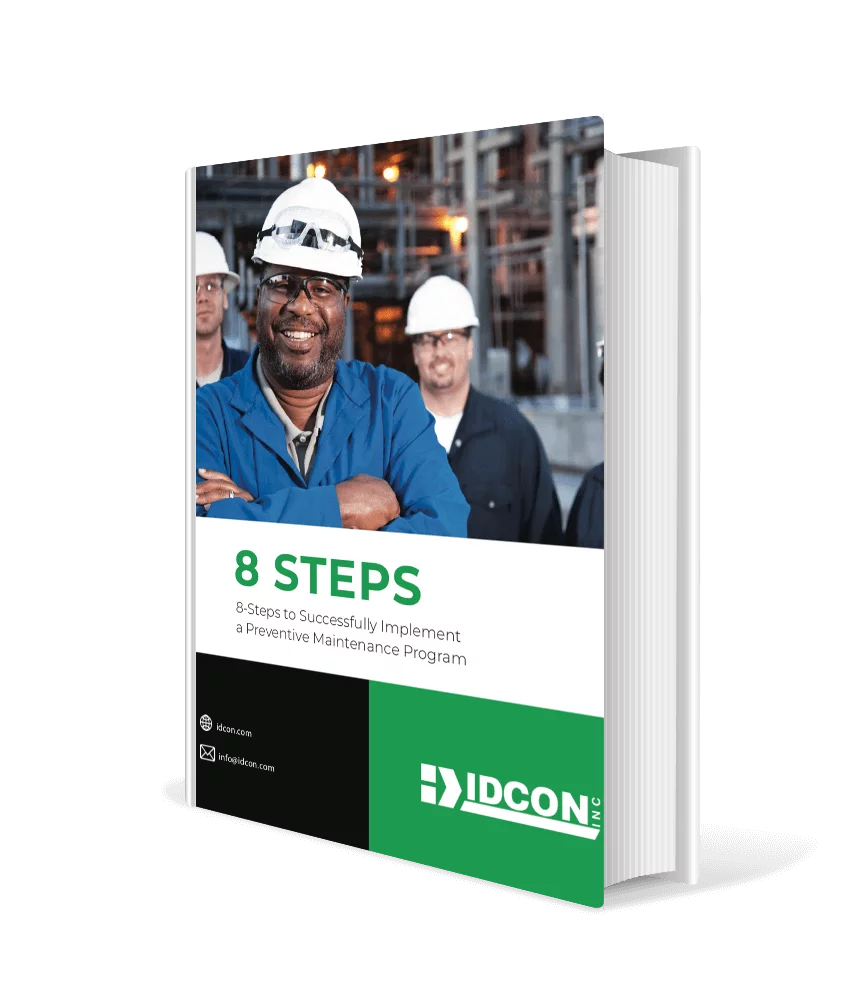The purpose of this article is to raise questions and challenge plant leadership on strategy, vision and execution of plant reliability and overall maintenance management.
What do you think of when you think of Plant Reliability?

Reliability is often used by plants to define future improvement efforts and set expectations for employees and managers.
In several recently written mission statements, I’ve seen expressions such as “to increase profitability through increased reliability.”
But when companies are asked to define what the words mean, what reliability is and how it’s measured, it’s unusual to get a comprehensive answer.
The manufacturing and process industry may not have defined the meaning of the word reliability, but you would think the service sector would have done so by now. It has not.
Consultants start the trends and use these words in order to sell the industry a new concept.
We sometimes, however, fail to define the meaning of the terms we invent.
The goal for any plant is to increase overall production reliability, meaning the maximization of output with current resources by reducing waste in equipment reliability and process reliability (the latter is often used in process industry; it may be called “manufacturing reliability” in discrete manufacturing).
Equipment and process reliability jointly create reliable production.
This can be measured using overall production reliability (OPR).
Traditionally, this measurement is called overall equipment effectiveness (OEE). OEE and OPR refer to the same measurement, but I use the name OPR since it better describes what is actually measured.
It should be called OPR because it includes all possible production-related waste, not only equipment-related waste.
OPR is calculated as:
OPR = Quality (%) x Speed (%) x Time Availability (%)
Speed, Time Availability and Quality describe all losses in a production or process line. OPR is, therefore, an excellent measurement to use when setting reliability goals jointly for operations, maintenance and engineering.
Operations’ primary responsibility is process reliability, where the process, or manufacturing, is operating with as little waste as possible.
Examples of process waste are quality and production losses due to operating parameters such as setting of pressures, machine speeds, cutting tool selection or concentration of chemicals.
Maintenance’s primary responsibility is equipment reliability. Lack of equipment reliability creates waste due to failing components, quality losses for the reason of equipment problems, or speed losses because of component wear or breakdowns.
Engineering should focus on supporting equipment and process reliability through life cycle cost (LCC) design. LCC is used to consider the cost of buying and owning equipment. It’s common that engineering departments only focus on making sure a new installation is on time and under budget.
Reliability and maintainability aspects of the equipment design are forgotten. For example, why would someone buy a motor or gearbox without jacking bolts (pushbolts used when aligning equipment) installed?
We know world-class shaft alignment is virtually impossible to do with a sledgehammer, so why don’t we specify jacking bolts as part of the design?
In conclusion, most companies need to better specify the term reliability. It will help employees understand what the goal is when we refer to, for example, “production reliability.”
In maintenance management, we primarily focus on equipment reliability. In my next column, we’ll discuss how plant maintenance management can set goals by clarifying “equipment reliability” for their co-workers.





